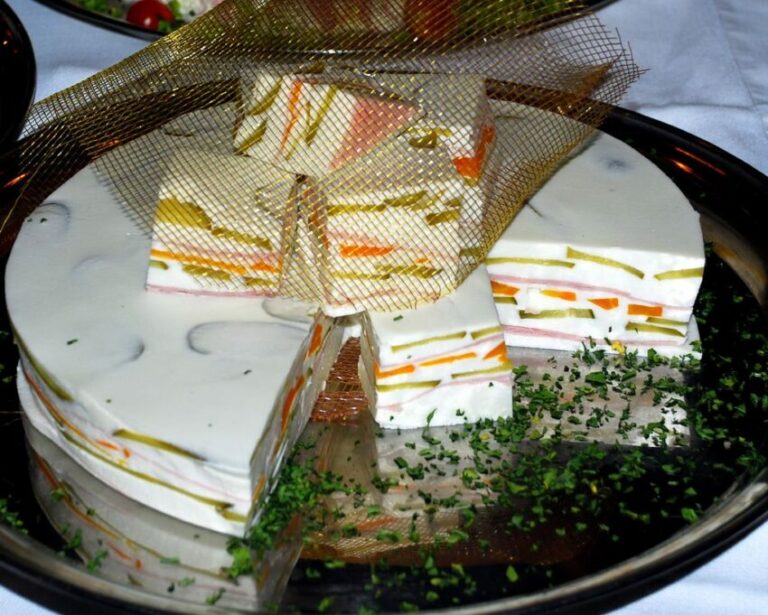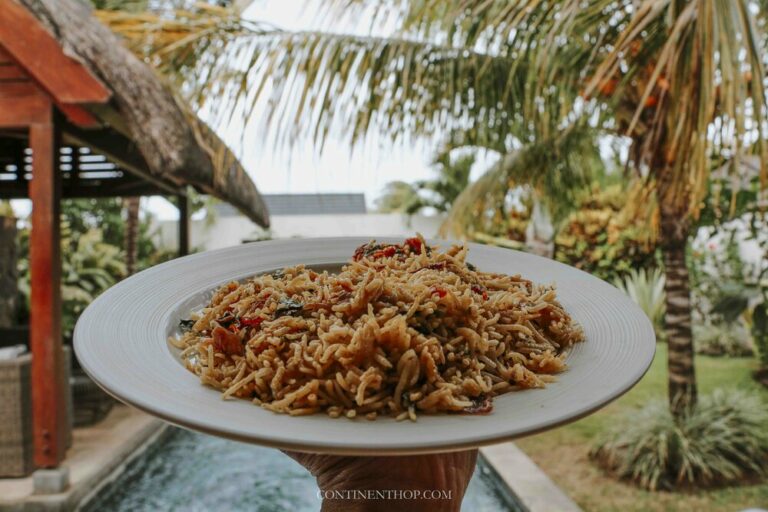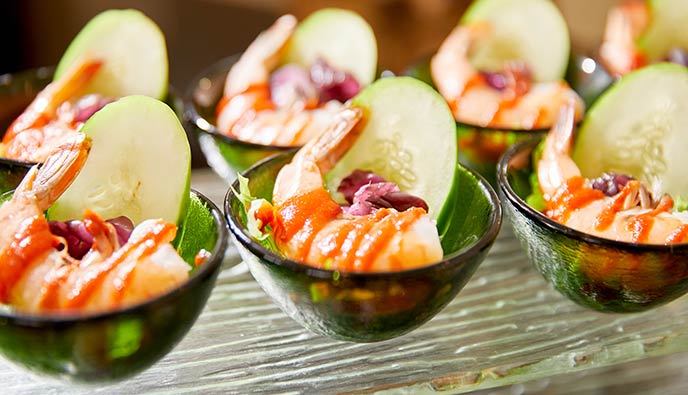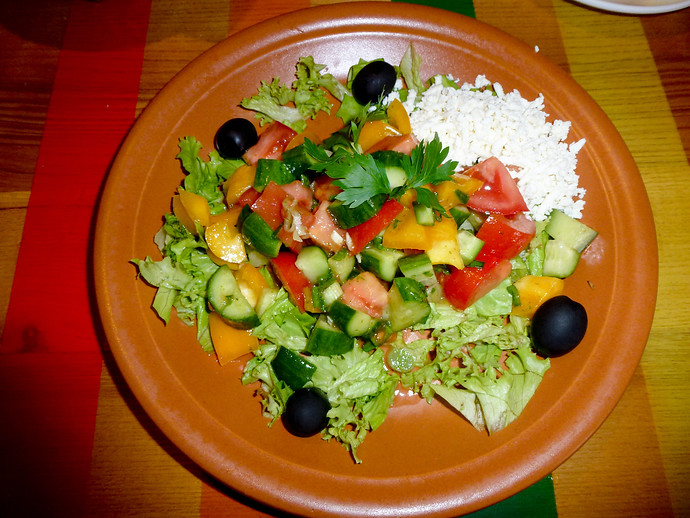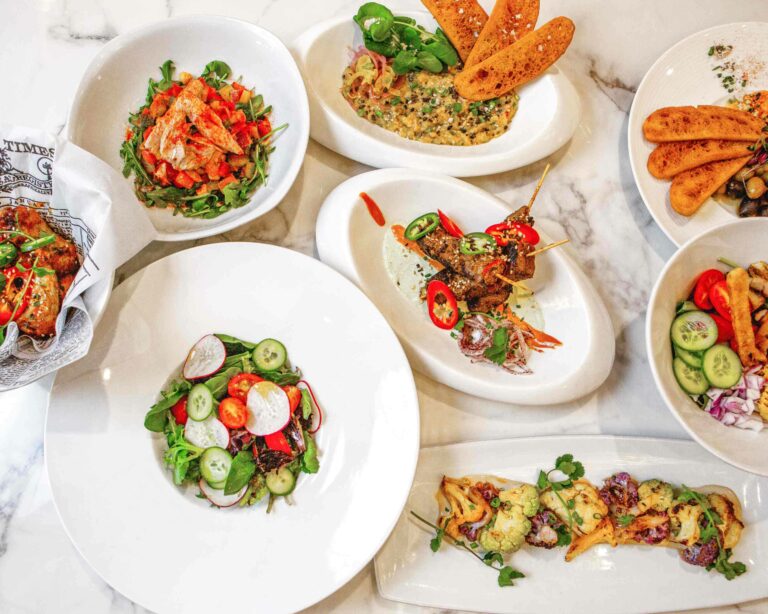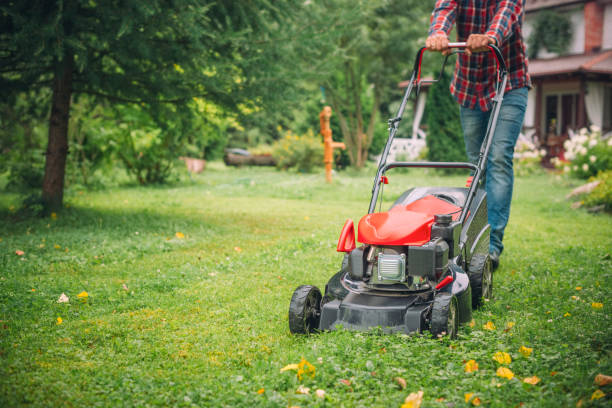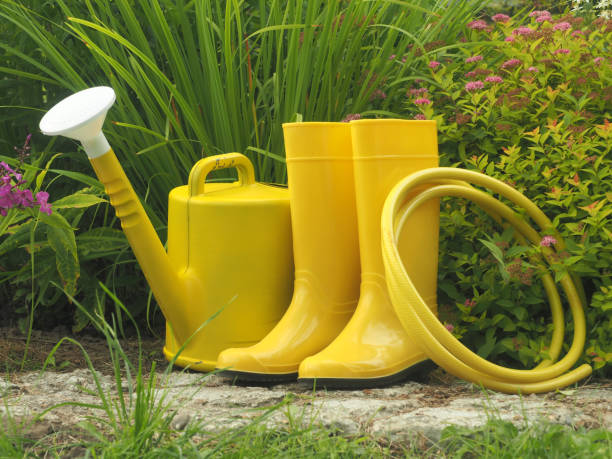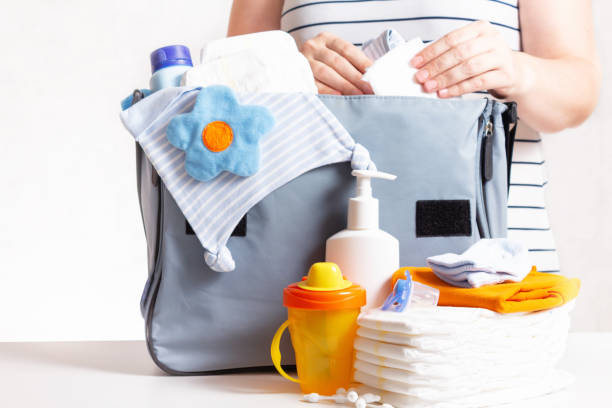Introduction: Marshallese Cuisine
Marshallese cuisine is a unique blend of Pacific Islander and Asian influences, with a strong emphasis on fresh seafood and tropical fruits. Traditional dishes include rice, fish, taro, breadfruit, and coconuts, cooked in a variety of ways. Marshallese cuisine is not widely known outside of the Pacific Islands, but it has a rich culinary history that is worth exploring.
The Importance of Traditional Cooking Utensils
Traditional cooking utensils are an important part of Marshallese culture. They are often handmade from natural materials and reflect the resourcefulness and ingenuity of the Marshallese people. These utensils are not just functional, but they also have cultural significance and are used in important ceremonies and rituals.
The Basics: Pots and Pans
Like most cultures, pots and pans are essential to Marshallese cooking. Traditional pots and pans are made from clay, woven coconut leaves, or iron. The most commonly used pot is the kettledrum pot or “jebwoltok,” which is used to cook rice, soups, and stews. The jebwoltok is a large, heavy pot that can hold a lot of food, making it perfect for feeding large families or for preparing food for special occasions.
Food Preparation: Knives and Cutting Boards
Marshallese cuisine relies heavily on fresh ingredients that are often prepared using knives and cutting boards. Traditional knives, or “kibed,” are made from shark teeth or clamshells, and are used to fillet fish and chop vegetables. Cutting boards are usually made from wood or woven coconut leaves, and are used to prepare meat, vegetables, and fruits.
Cooking Techniques: Fire and Grills
Marshallese cuisine relies on traditional cooking techniques, including cooking over an open fire and using a grill. The traditional grill, or “men,” is made from coconut leaves and is used to cook fish, meat, and vegetables. The men is placed over hot coals and the food is cooked slowly, giving it a smoky flavor.
Unique Utensils: Bamboo Strainers and Coconut Shells
In addition to traditional pots and pans, Marshallese cuisine also uses unique utensils such as bamboo strainers and coconut shells. Bamboo strainers, or “jipijap,” are used to strain liquids such as coconut milk and are made from bamboo leaves woven together. Coconut shells are used as bowls for serving food, and also as cups for drinking fresh coconut water.
In conclusion, traditional cooking utensils and equipment play an important role in Marshallese cuisine. They not only serve a functional purpose, but they also reflect the culture and traditions of the Marshallese people. From pots and pans to knives and cutting boards, each utensil has a unique history and significance that is worth preserving for future generations.


